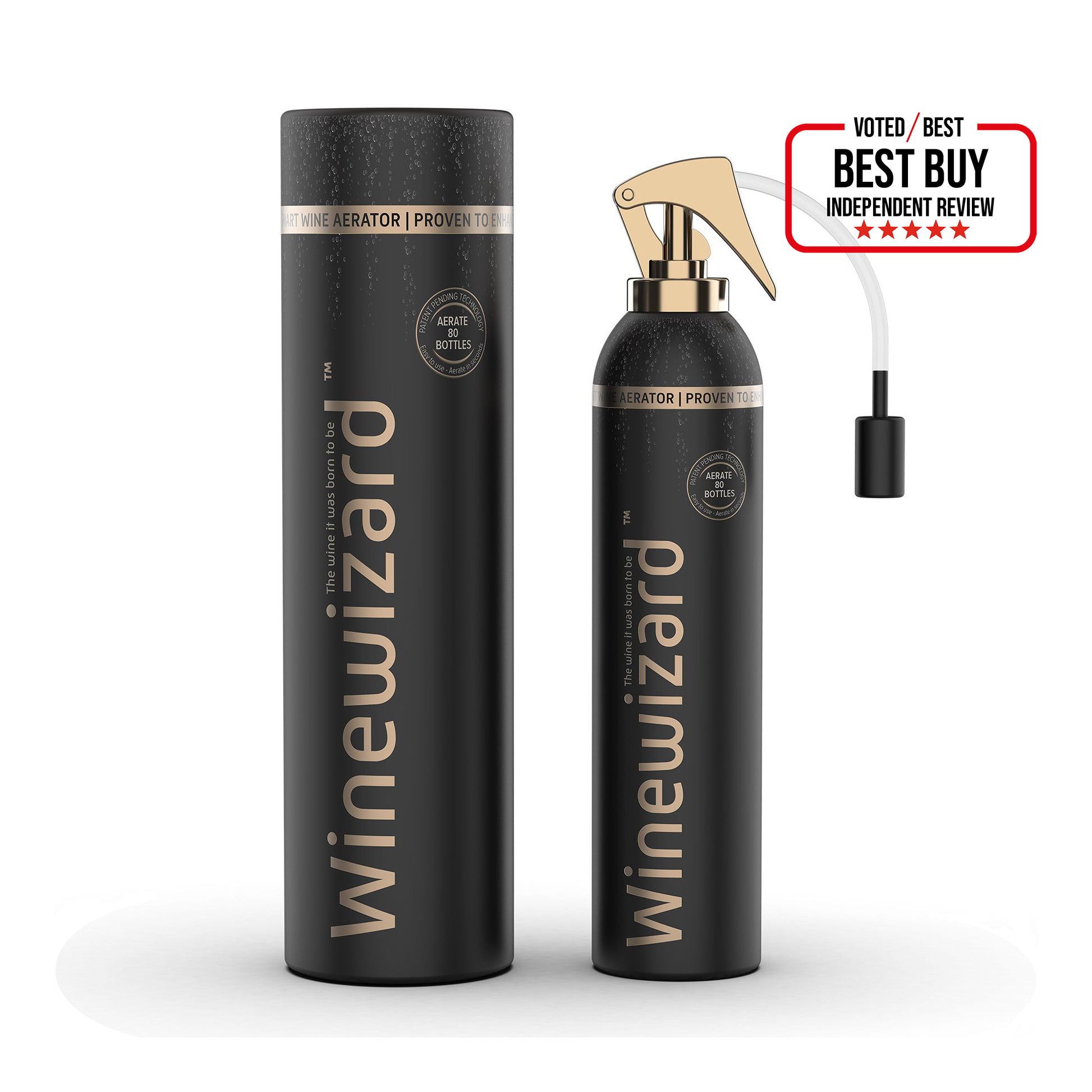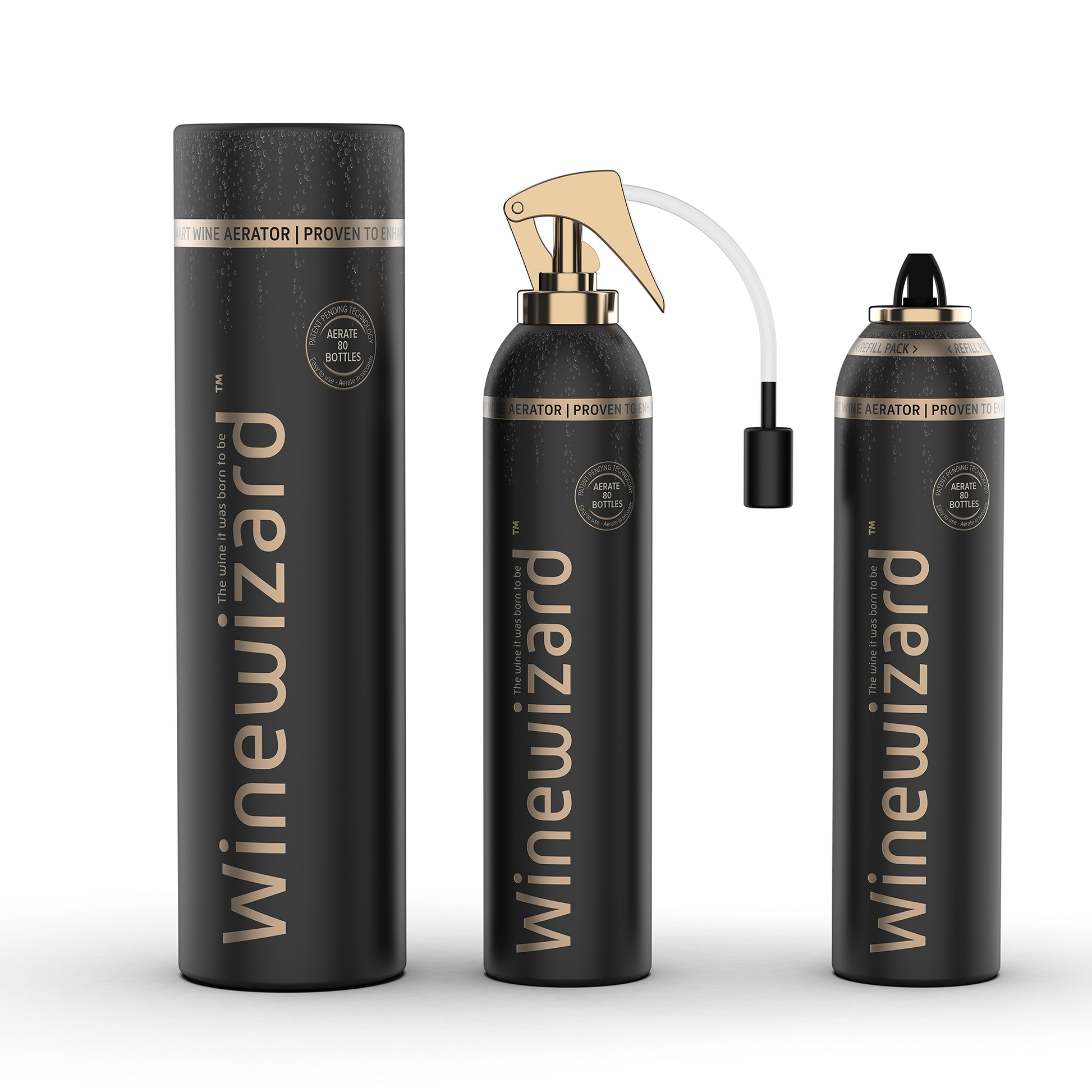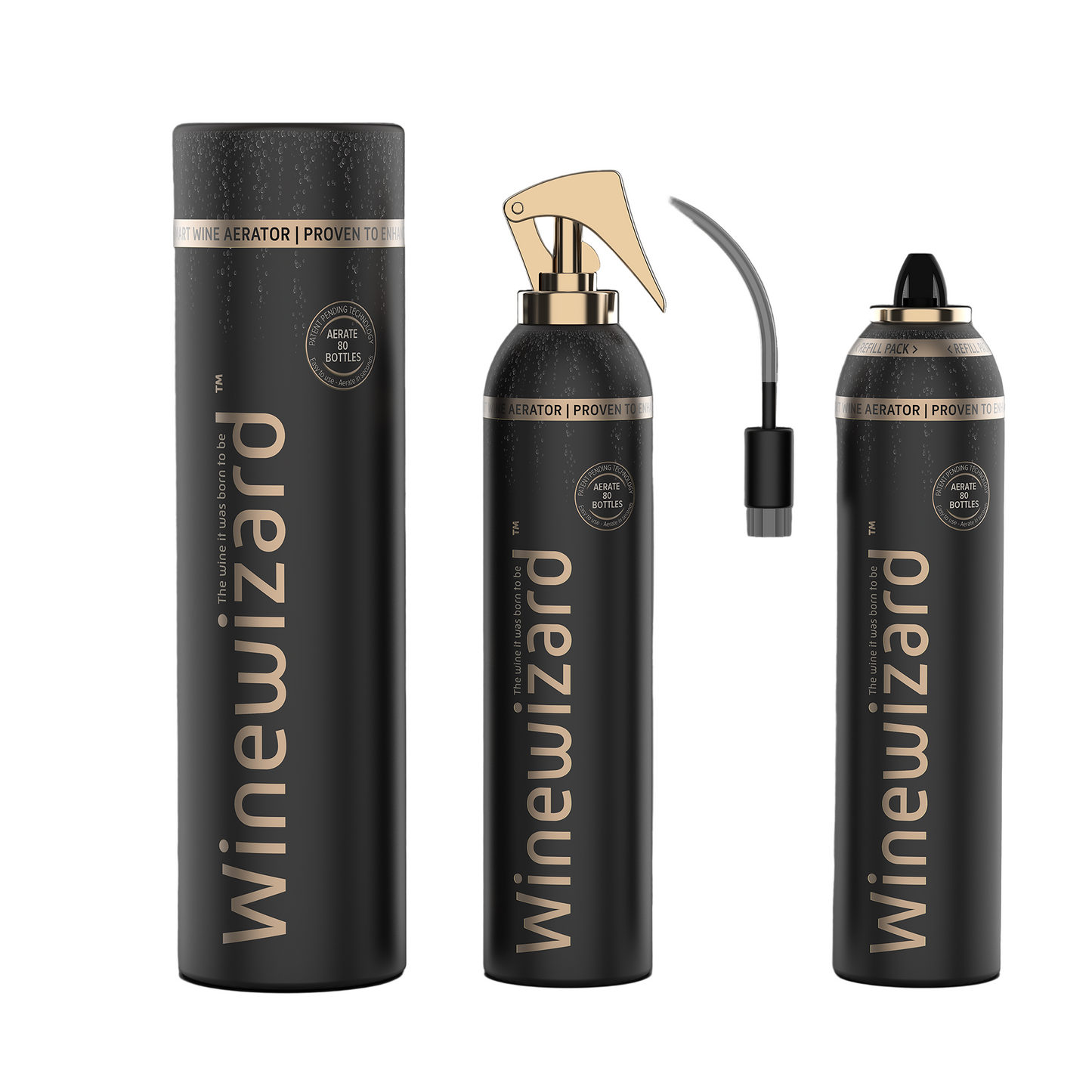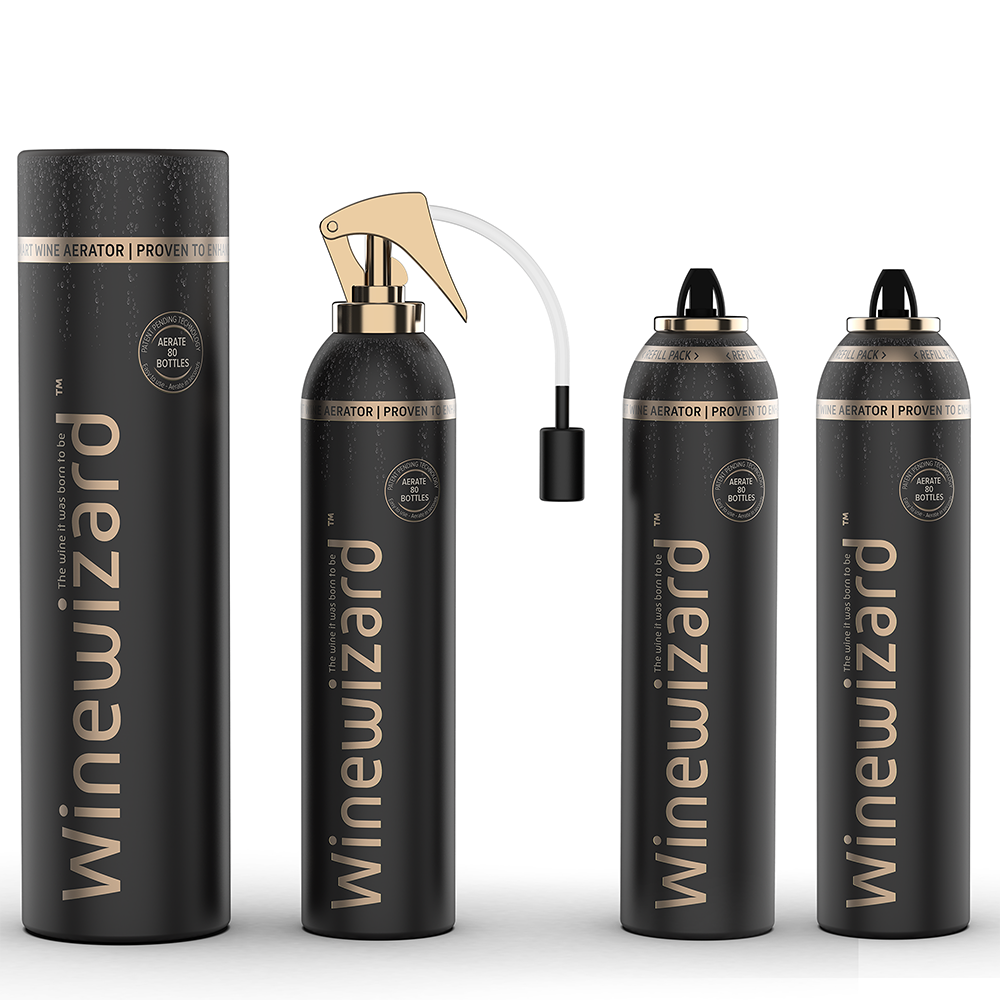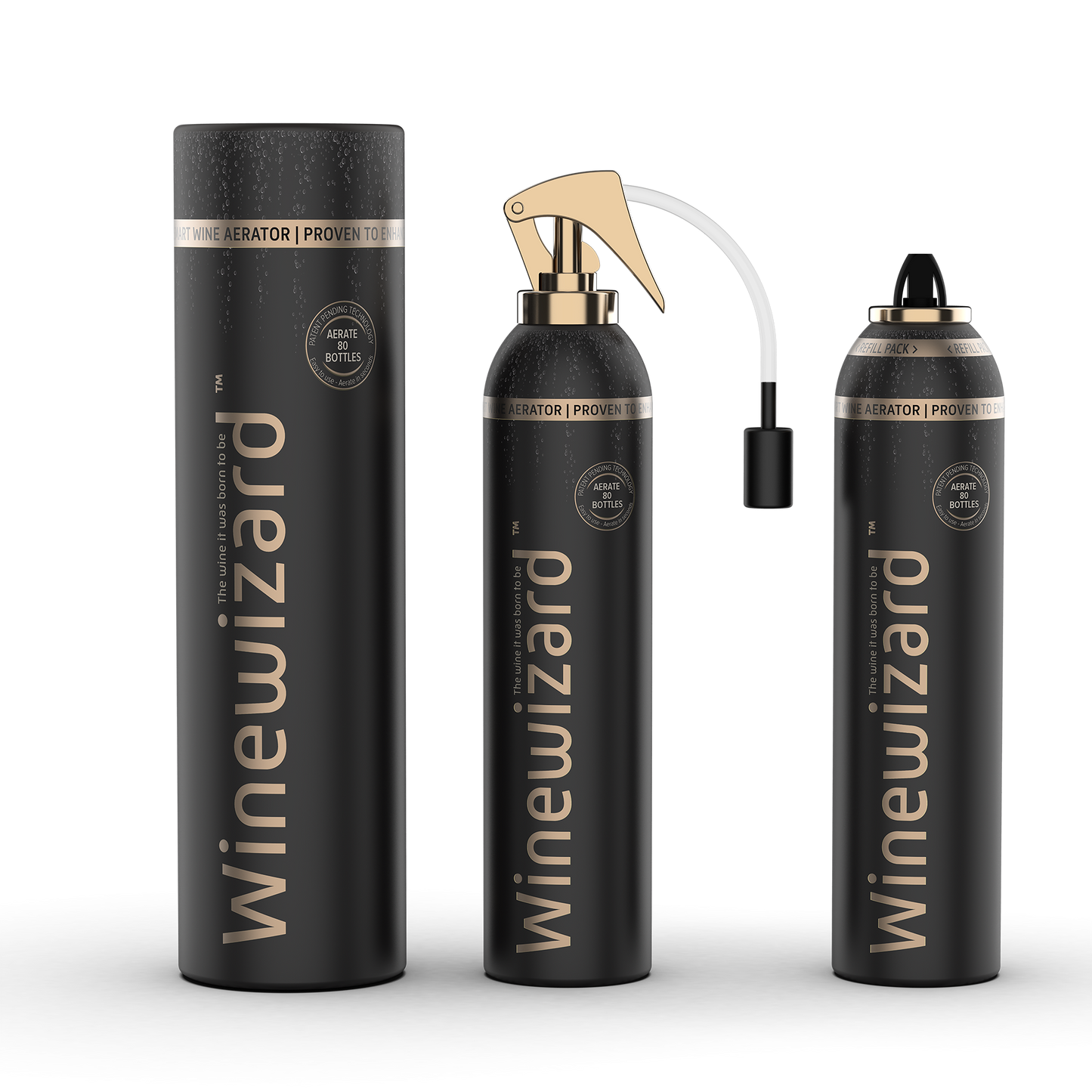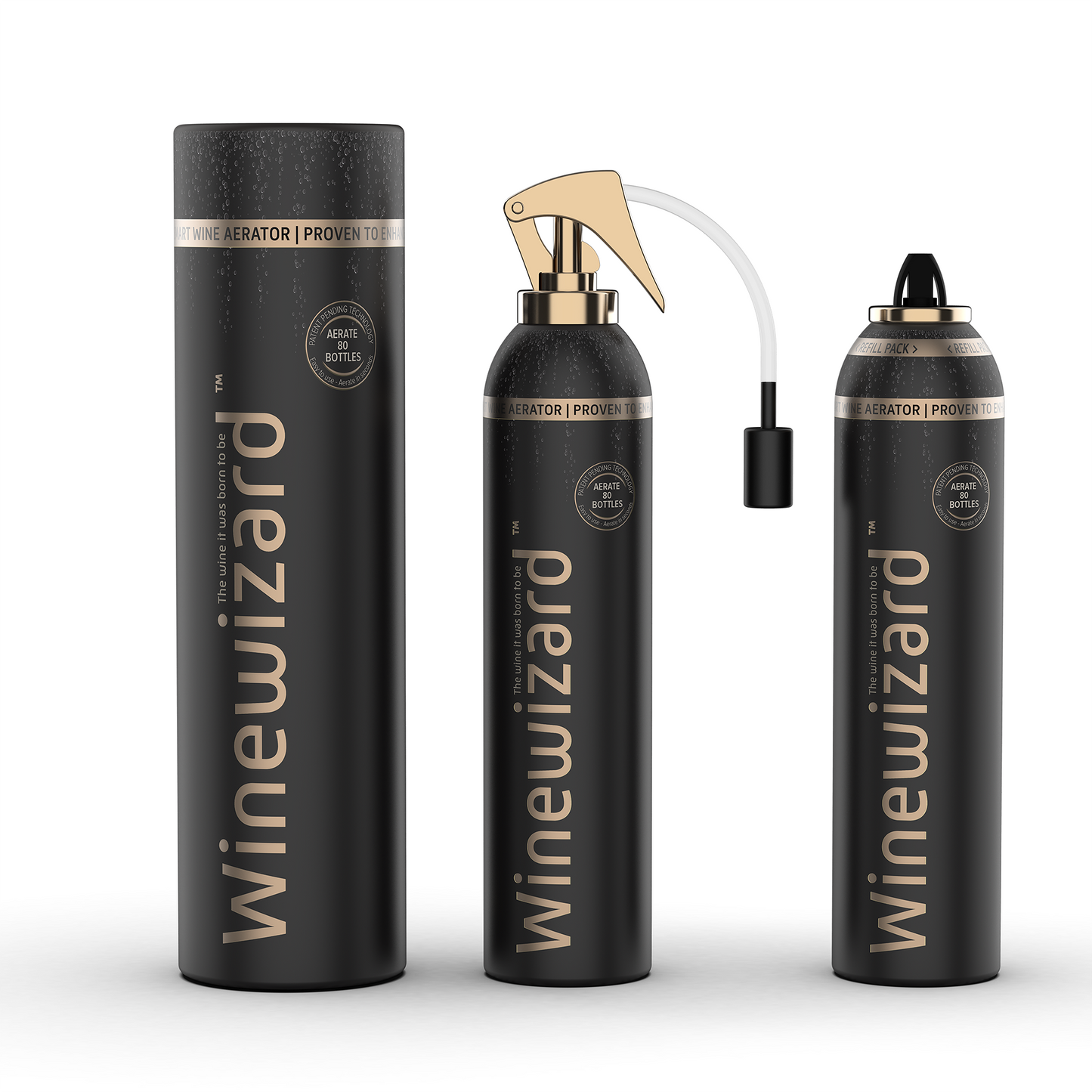So what makes a good wine aerator?
Part 2. Boosting Wine's flavour and softening wine's tannins.
Wine aerators all claim to boost the flavour of the wine and soften the tannins. However whilst some wine can taste a bit better using a traditional venturi type wine aerator this is generally to do with helping remove some of the unpleasant compounds which we discuss in Part 1.
True wine aeration will not only get oxygen to dissolve into the wine but it will get the oxygen to react with with tannins, flavonoids and other compounds in the whole of the wine. Just become they add lots of bubbles into the wine does not mean the oxygen is reacting with the wine to improve its flavour.
For a wine aerator to work the oxygen must not only dissolve into the wine but it must react with the tannins, flavonoids and other compounds. Too much oxygen will turn the wine, flattening it and ultimately sending it towards vinegar. The trick is to get the right amount of oxygen to react with the wine and then remove any access.
Winewizard introduces precise quantities of oxygen into the wine which react with tannins, flavonoids and other compounds, reducing harshness (astringency) and boosting the wine’s flavours and aromas, delivering silkier smoother wine.
Winewizard removes any excess oxygen left in the wine by a process called sparging where nitrogen bubbles percolate excess oxygen out of the wine.



